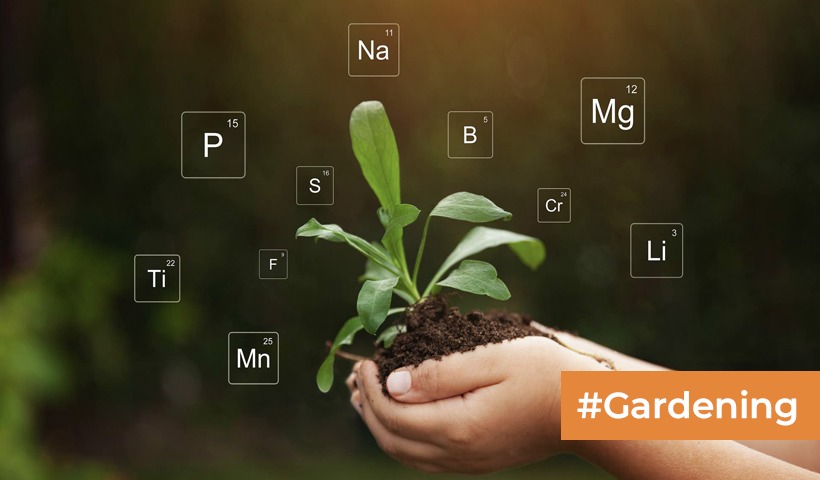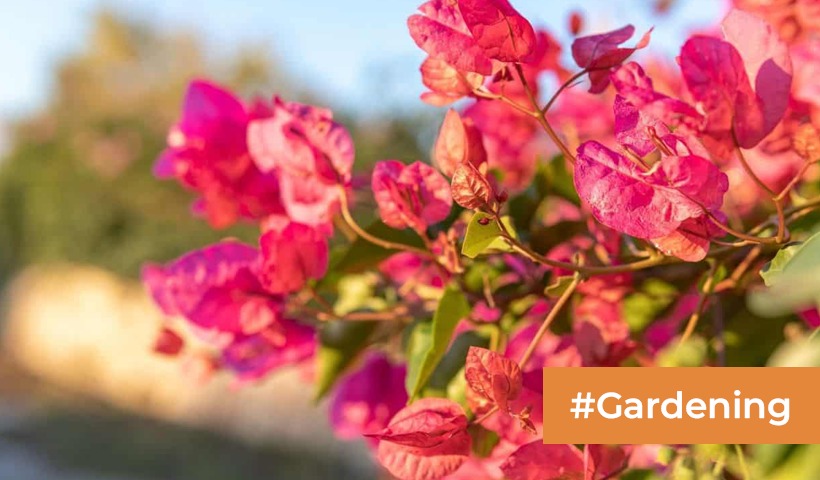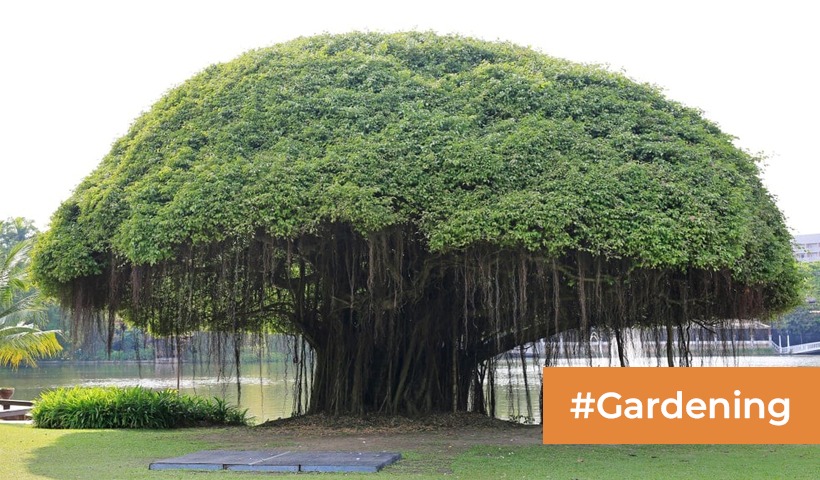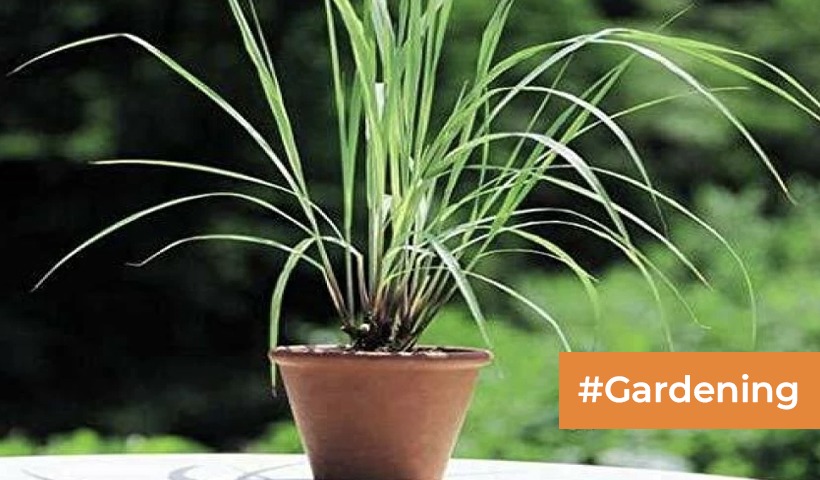A Guide to Growing Water Chestnuts in Your Pond!
Water chestnuts, also known as Singhara fruit, are aquatic tuber vegetables that add a delightful crunch and subtle sweetness to various dishes. While commonly found in Asian cuisine, cultivating water chestnuts at home in your pond is a rewarding venture that allows you to enjoy the freshness and unique flavor of this aquatic treat. In this guide, we’ll take you through the steps to successfully grow water chestnuts in your pond, transforming it into a flourishing source of this delectable ingredient.
Getting Started:
- Selecting Water Chestnut Varieties: Begin by choosing water chestnut varieties suitable for home cultivation. Common varieties include Trapa natans and Eleocharis dulcis. Look for disease-resistant and well-adapted varieties to ensure a successful harvest.
- Preparing the Pond: Ensure your pond is at least 12-18 inches deep to provide ample space for the water chestnut plants to grow. Clear any debris, weeds, or unwanted plants from the pond to create a suitable environment for the water chestnuts.
- Soil and Planting Containers: Water chestnuts thrive in a mixture of sandy and loamy soil. Plant them in containers filled with this soil mix to prevent the tubers from embedding too deeply in the pond bed. The containers should have holes for drainage while allowing the roots to access nutrients in the pond.
Planting:
- Sowing Water Chestnut Tubers: Plant water chestnut tubers in early spring or late fall. Bury them about 2-4 inches deep in the soil-filled containers. Space the tubers 4-6 inches apart to provide room for growth.
- Submerging Containers: Submerge the containers in your pond, ensuring that the tops of the containers are about 4-6 inches below the water surface. This allows the water chestnut plants to receive adequate sunlight for photosynthesis.
Care and Maintenance:
- Sunlight and Temperature: Water chestnuts thrive in full sunlight, so choose a location in your pond that receives at least 6-8 hours of sunlight daily. Ensure that the water temperature stays between 70-85°F (21-29°C) for optimal growth.
- Fertilizing: Water chestnuts are light feeders, but they benefit from occasional fertilization. Use a balanced, aquatic fertilizer to provide essential nutrients for healthy tuber development.
- Weed Control: Regularly inspect your pond for invasive weeds and algae. Remove any unwanted growth to prevent competition for nutrients and sunlight. This ensures that your water chestnuts have the best possible growing conditions.
Harvesting:
- Timing: Water chestnuts are typically ready for harvest 4-5 months after planting. Harvest them when the plant’s foliage starts to turn yellow and die back. This indicates that the tubers are ready for collection.
- Harvesting Process: Gently lift the containers from the pond, being careful not to damage the tubers. Shake off excess soil and harvest the water chestnuts. Allow them to air dry for a day before storing them in a cool, dark place.
Growing water chestnuts at home in your pond is a fascinating and rewarding experience. By following these steps, you can transform your aquatic space into a thriving source of this unique and delicious tuber. Harvesting your own water chestnuts not only adds a fresh and crunchy element to your culinary creations but also connects you with the joys of cultivating your own homegrown produce. Embrace the simplicity of pond gardening and enjoy the crisp, sweet taste of water chestnuts straight from your backyard oasis.
Disclaimer: The views expressed above are for informational purposes only based on industry reports and related news stories. PropertyPistol does not guarantee the accuracy, completeness, or reliability of the information and shall not be held responsible for any action taken based on the published information.




